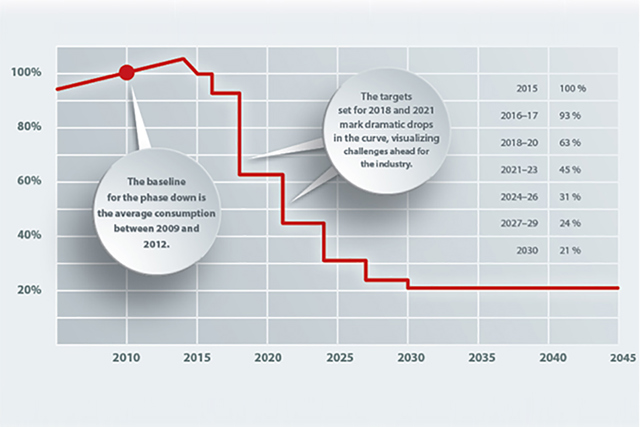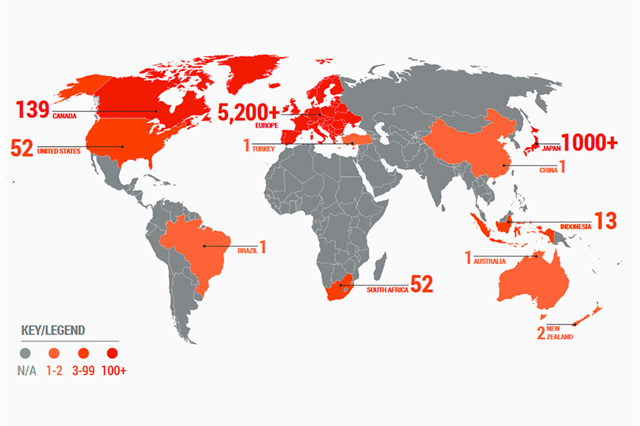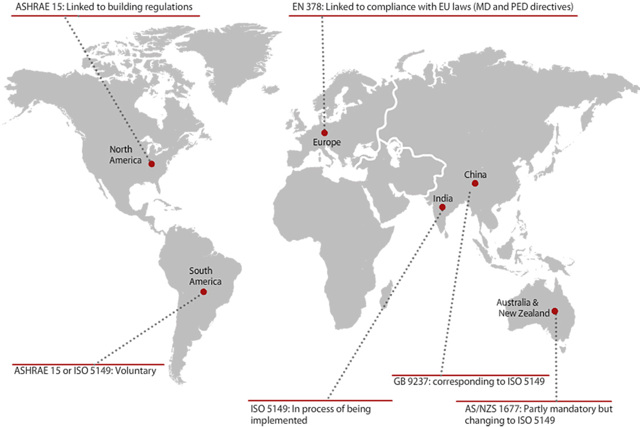All over the world, the phase-down of conventional HFCs in food retail applications has become the center of attention in the effort to combat climate change. Most recently, at the meetings of the parties under the Montreal protocol in Dubai where qualitative global phase-down of HFCs was agreed with a target of quantifying the details in 2016.
With the implementation of refrigerant regulations in Europe and the US, the quest for alternative solutions is accelerating. From ugly duckling among refrigerants for food retail applications, CO2 is emerging as one of the most viable and efficient solutions among natural and synthetic refrigerants – not least due to its outstanding COP in trans-critical systems with heat reclaim.
In this article we will explore the regulation surrounding the use of refrigerants in different parts of the world, a development which has brought CO2 to the forefront of attention among global retailers.
Facts and Graphics
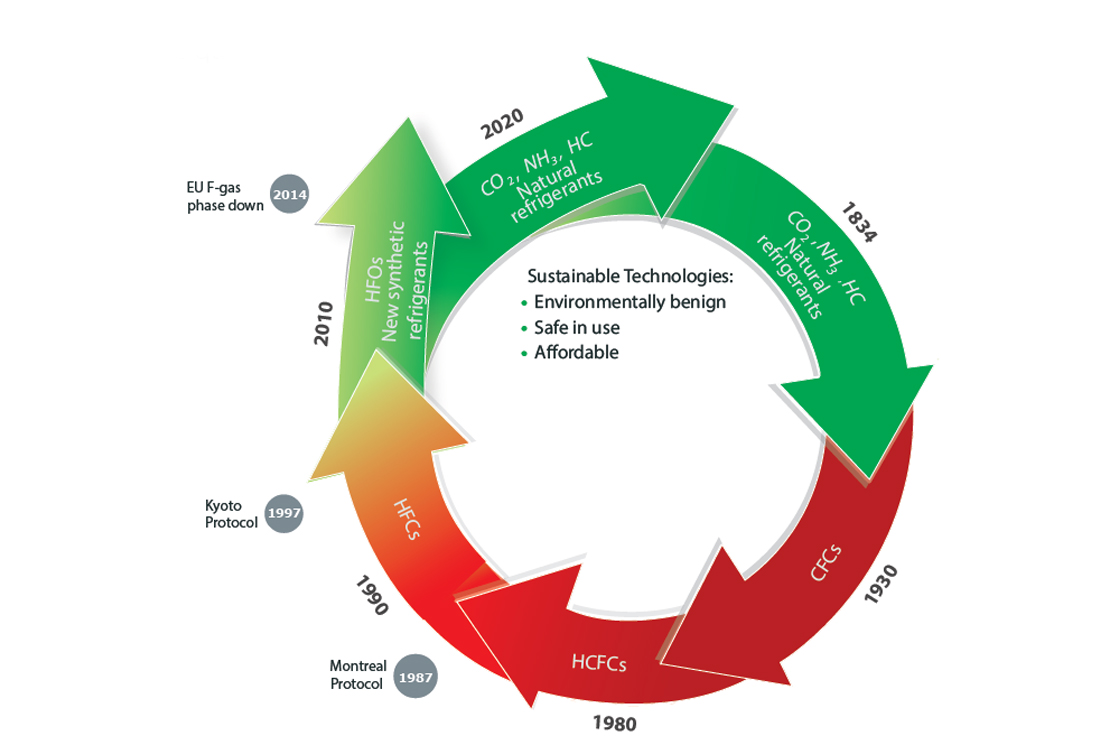
Figure 1: After 180 years of commercial refrigeration, the use of refrigerants has come full circle. Natural, low GWP refrigerants such as CO2, ammonia and hydrocarbons are back as the backbone of sustainable, high-performing and safe solutions.
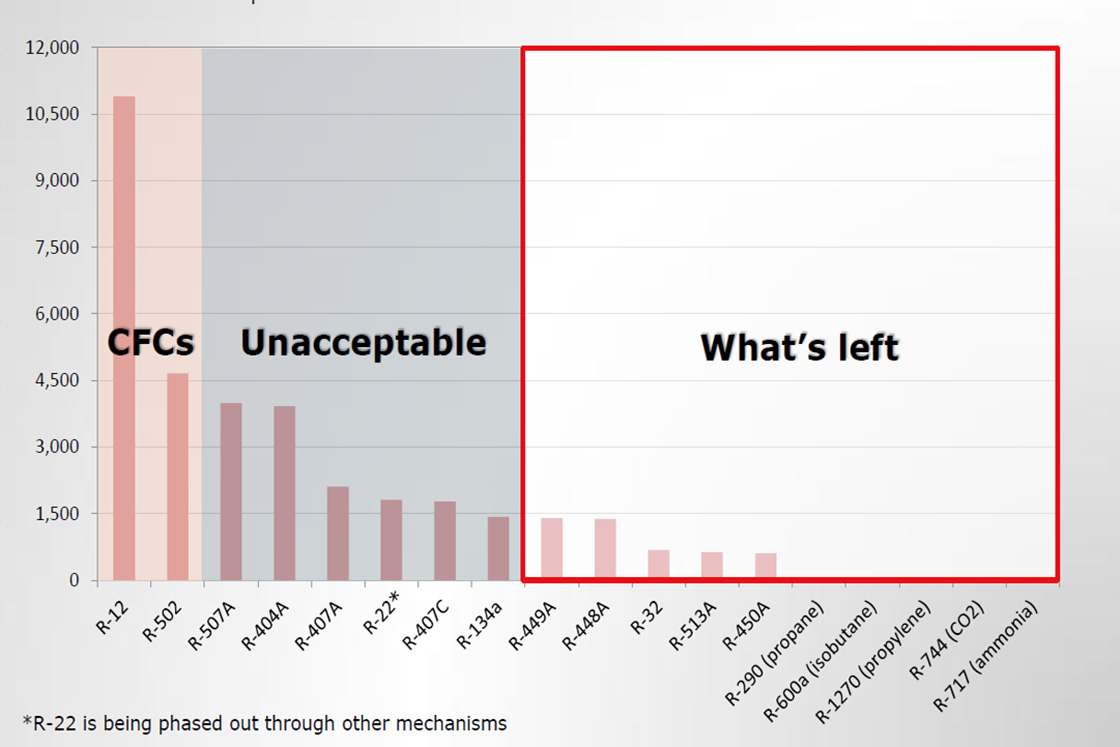
Figure 2: The Global Warming Potential (GWP) of different refrigerants.

